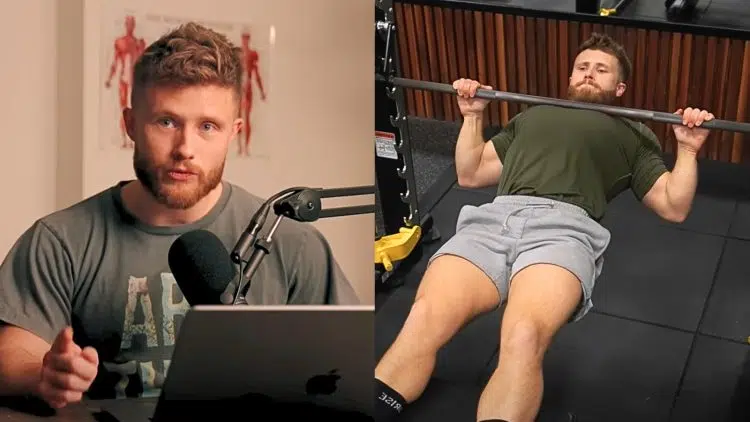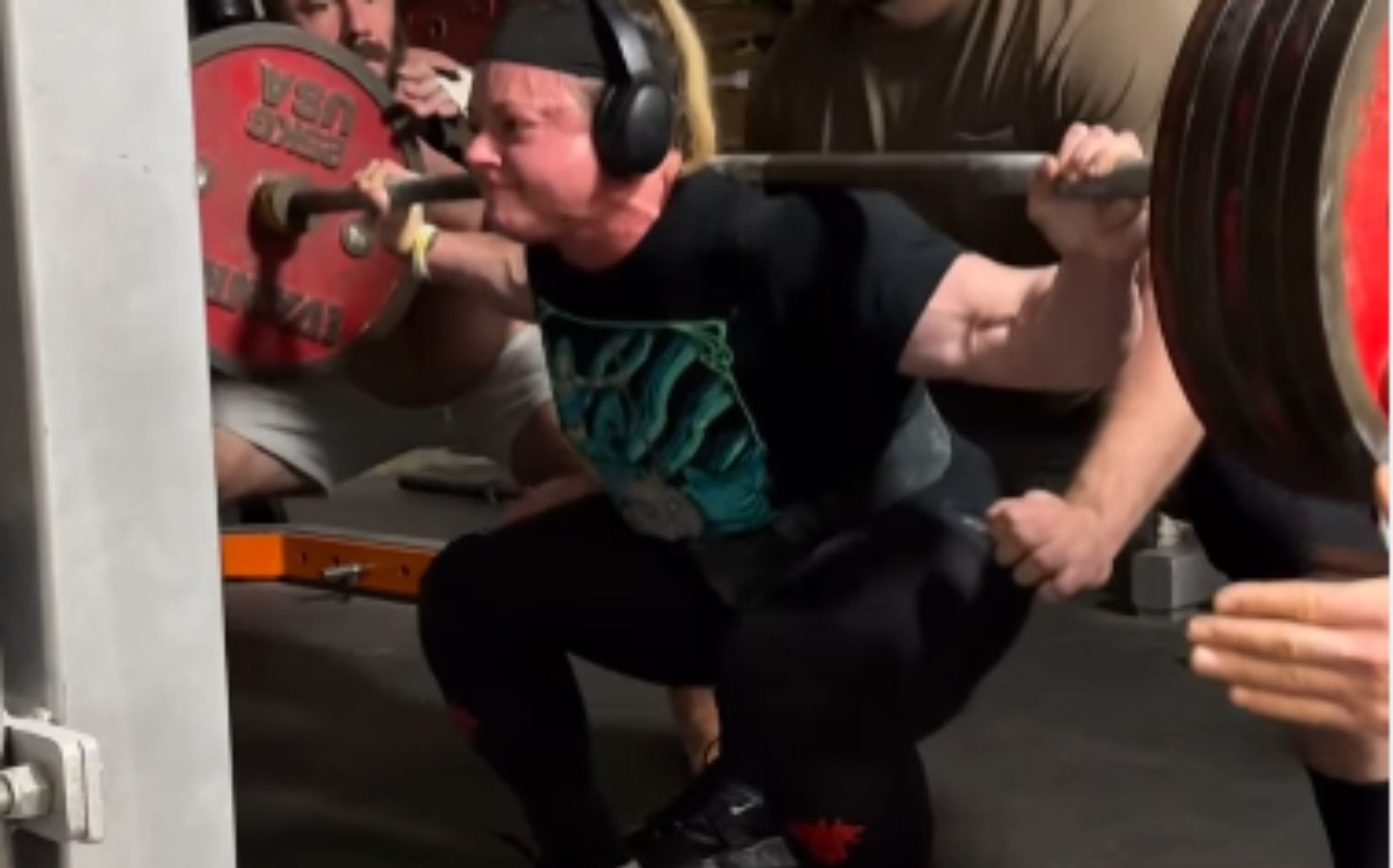It’s an age-old fitness question — what is the proper rep range needed to maximize training efforts? Fitness coach Jeff Nippard is back to fill you in on whether or not your sets are moving you closer to hypertrophy.
As a natural bodybuilder and powerlifter, Jeff Nippard reached impressive heights as an athlete. He implements a scientific approach to training and nutrition, making his content some of the most watched within the fitness industry.
He boasts over 4.6 million YouTube subscribers, regularly offering tips, techniques, and tricks for optimizing health. Like Arnold Schwarzenegger, Jeff Nippard started a fitness newsletter to inform the masses. Below, he dives into the nitty-gritty of rep ranges, illuminating the proper balance of repetitions and intensity to see results.
Jeff Nippard Clears Up The Confusion on Rep Ranges: ‘Everything Works’
According to Nippard, you can get results from the ‘fabled’ hypertrophy range of 6-12 reps but research suggests that you can effectively build muscle with almost any range.
Level Up Your Fitness: Join our 💪 strong community in Fitness Volt Newsletter. Get daily inspiration, expert-backed workouts, nutrition tips, the latest in strength sports, and the support you need to reach your goals. Subscribe for free!
“Size: Everything works. Yes, you’ll get great results with the fabled “hypertrophy range” of 6 to 12 reps. But research shows you can build muscle with almost any range, from 5 to 50 reps per set. What matters isn’t the number, but the effort. You need to push your muscles close to failure.”
Further, Nippard says you can find success with a mix of low reps (3-5 reps per set), moderate reps (5-15 reps per set), or high reps (more than 15 reps). He specified that lower rep counts work best with compound movements such as squats and presses whereas higher reps are more effective for isolation movements like leg extensions and triceps pressdowns.
“Practically speaking, you’ll do best with some mix of low reps (3 to 5 per set), moderate reps (5 to 15), and high reps (more than 15). Lower reps work best with compound movements like squats and presses. Higher reps are more effective on isolation exercises like leg extensions and triceps pressdowns.”
If strength is your primary goal and not muscle growth, Nippard says the majority of your training should be heavy and in the 1-5 rep range.
“Strength: Unlike size, strength is very specific. That means to get better at lifting heavy stuff, you need to lift heavy stuff. If you’re trying to hit a new one-rep-max PR, much of your training should be in the 1 to 5 rep range—consistent with the principle of specificity.
“But not all of your training needs to be heavy. You still want to include some work with moderate loads and 5 to 10 reps per set. Remember, all else being equal, a bigger muscle is a stronger muscle.”
Determining a proper rep range has become an increasingly popular topic to discuss in the fitness sector. Mike O’Hearn joined Jay Culter to share what number of reps is best for muscle growth, highlighting how technique and tempo factor into his results.
“One of the biggest things for me is if you say, I wish people would listen and watch, there’s a difference between what our belief is like do one rep at a time until you get to 10-12. But I find if I say to people, ‘Hey do 10.’ They went from lifting a plate one or two times slow and controlled a nice contraction, there was a meaning there, to just 10 reps, they just blast though it,” Mike O’Hearn shared.
From achieving the perfect deadlift to gripping conversations about muscle growth, Jeff Nippard takes pride in offering evidence-based workout information. He believes different rep ranges can serve individuals depending on their fitness goals.









